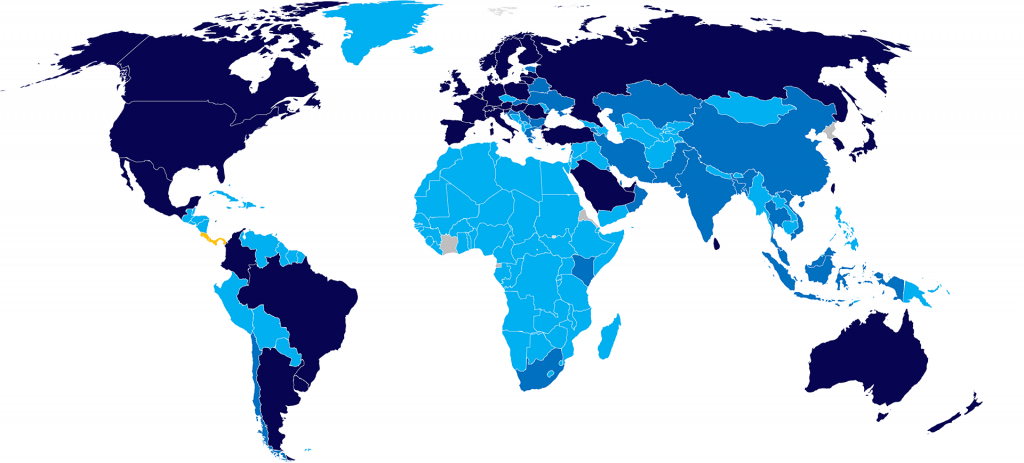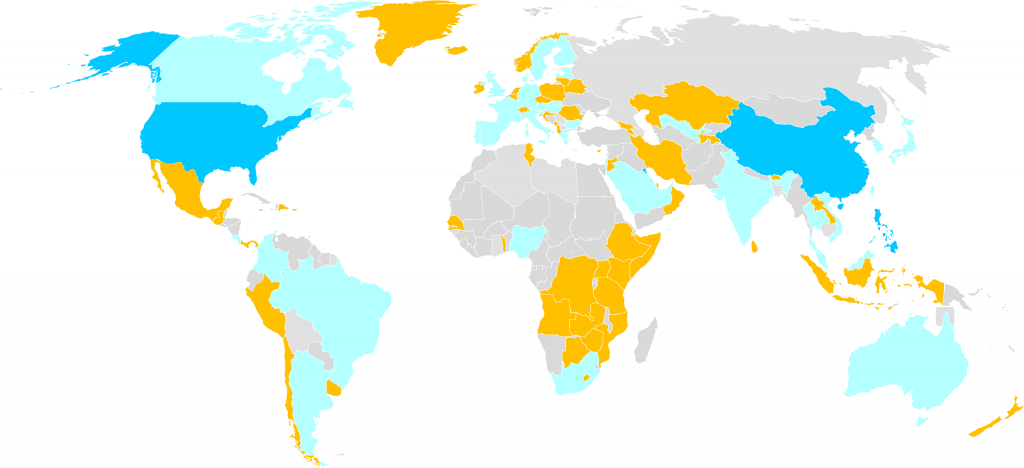Infographic: Choosing the Right IoT Connectivity
Get a complete view of IoT connectivity in 2025 — from global availability of 4G, LPWA, and 5G RedCap to side-by-side comparisons of technologies by coverage, latency, bandwidth, and use cases. This infographic helps you evaluate options, plan deployments, and future-proof your IoT strategy. Download the PDF for all the details.
Key Takeaways
LTE Cat-1 and Cat-1 bis deliver consistent coverage without
requiring special radio spectrum or roaming setups, making them the default option today.
Legacy 2G/3G sunsets drive urgent migration to 4G; where LPWA is unavailable, enterprises can rely on LTE Cat-1/Cat-1 bis for reliable global reach.
LPWA coverage remains fragmented: NB-IoT dominates in China and Asia, dual model is supported in theory in EU and US, but LTE-M is far more popular in these markets.
5G Redcap rollout is at a very early stage, with only 4 markets with commercial services; its adoption will take time as it hinges on the complex implementation of 5G standalone core first.
4G & LPWA Availability 2025

- Both LPWA options (NB-IoT and LTE-M) are commercially available
- Exclusive support for LTE-M
- Exclusive support for NB-IoT
- Lack of commercial LPWA services, but LTE Cat-1 or other 4G options are still available
- No 4G service (note that LTE Cat 1 and Cat 4 are supported in all other market categories above)
5G and RedCap Availability 2025

- Markets that have launched commercial 5G RedCap services
- Markets with finished or ongoing 5G SA implementation
- Markets that have launched 5G but not implemented 5G SA
- Markets without any launched 5G service yet
What Are the Key Differences Between Cellular IoT Options?
| Technology | Coverage | Throughput | Latency | Energy efficiency | Global availability |
|---|---|---|---|---|---|
| NB-IoT | Very good (deep, indoor) | ~20 kbit/s | Poor | Very good | Available in most regions, adoption mostly in China |
| LTE-M | Very good | ~200 kbit/s+ | Good | Very good | Most EU & American markets; Australia |
| LTE Cat-1 / Cat-1 bis | Good | ~3 Mbit/s+ | Good | Good | Nearly universal |
| LTE Cat-4/4+ | Good | ~100 Mbit/s+ | Good | Poor | Nearly universal |
| 5G NSA | Good | ~300 Mbit/s+ | Very good | Poor | In most developed markets |
| 5G SA | Good | ~300 Mbit/s+ | Very good | Poor | Scaling in major APAC & US carriers |
| 5G RedCap | Good | ~10 Mbit/s+ | Very good | Very good | Early stages (US, China, Kuwait, Philippines) |
| Satellite (NTN) | Good in remote outdoor | ~10 kbit/s–1 Mbit/s+ | Poor | Solution dependent | Limited / trial markets |
Note: the throughput and latency listed above are indicative for typical performance, not peak performance.
Which IoT Connectivity Fits Your Use Case?
| Use case | NB-IoT | LTE-M | Cat-1 | Cat-4/4+ | 5G NSA | 5G SA | 5G RedCap | Satellite (NTN) |
|---|---|---|---|---|---|---|---|---|
| Smart metering | ||||||||
| Asset tracking | ||||||||
| Industrial automation | ||||||||
| Connected vehicles | ||||||||
| Video surveillance | ||||||||
| Smart agriculture | ||||||||
| Wearables | ||||||||
| Emergency response |
Recommendations from Telenor IoT
Begin with available networks:
Deploy LTE where they’re already live to secure reliable coverage immediately.
Plan for legacy sunsets:
Audit 2G/3G dependencies, track each operator’s shutdown dates, and validate multi-mode device fallbacks with tested firmware and roaming settings.
Align technology to actual requirements:
Define your must-have criteria (coverage, latency, bandwidth, global reach) and choose the simplest solution that meets them; defer 5G RedCap or NTN until broadly available.
Build in future flexibility:
Select modular hardware and over-the-air SIM management so you can switch profiles or networks as options evolve.
Start small and scale:
Pilot new connectivity in a controlled setting, refine integration, then expand only after performance is proven.
Related Content
Connectivity Technologies for IoT: A Buyer’s Guide (2025 Edition)
Understand the real-world status of IoT connectivity—what’s reliably available today, what’s on the horizon, and how to make confident, future-ready decisions.
IoT Connectivity Comparison: How Technologies Stack Up
Here, we compare the main IoT connectivity options across coverage, throughput, latency, energy use, and global availability. You’ll see the key insights our experts rely on, learn which technologies work reliably today, and find practical recommendations for migration, testing, and future-proofing your deployments.
Typical Use Cases for Different Cellular IoT Technologies
Choosing the right connectivity technology is about matching your application’s specific needs — power consumption, coverage, throughput, and latency — with the strengths of available networks. No single technology fits every scenario, but with the right mix you can build robust IoT solutions today and evolve them for the future.

